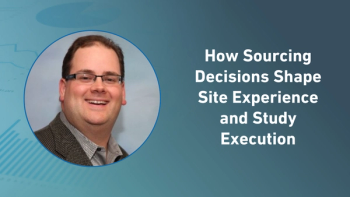
Analyze how functional sourcing, application strategy, and consistency across sponsors and CROs directly influence site workflows, execution efficiency, and long-term collaboration.

Analyze how functional sourcing, application strategy, and consistency across sponsors and CROs directly influence site workflows, execution efficiency, and long-term collaboration.
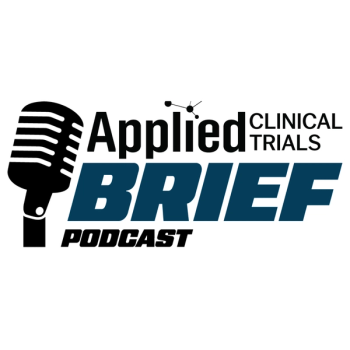
In today’s ACT Brief, we examine how sponsors are reassessing new engagement technologies to avoid increasing site burden, review new research on integrating unstructured health data to scale eSource-enabled trials, and cover Novo Nordisk’s NDA submission for its fixed-dose amylin–GLP-1 obesity therapy, CagriSema.

Explore why new tools should aim to remain burden-neutral before delivering efficiency gains, and how sponsors can introduce systems that benefit sites without disrupting daily trial management.

In today’s ACT Brief, we look at emerging operational changes aimed at reducing site burden, review the FDA approval of GSK’s twice-yearly biologic for severe asthma, and examine a national priority voucher granted for a new multiple myeloma treatment combination.

The FDA has approved Exdensur depemokimab-ulaa as an add-on maintenance therapy for severe asthma in patients aged 12 and older, supported by Phase III SWIFT trial data showing significant reductions in annual exacerbations with twice-yearly dosing.
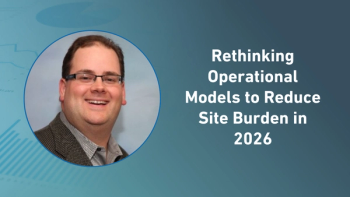
Examine how evolving sourcing strategies, functional standardization, and system choices can help sponsors support sites more effectively while minimizing operational switching and complexity.

In today’s ACT Brief, we examine new survey data revealing what patients value most in remote clinical trials, break down Sanofi’s latest partnerships aimed at advancing Alzheimer’s and autoimmune therapies, and look at how AI-powered digital pathology is being integrated into oncology research through a new biopharma collaboration.

In today’s ACT Brief, we close out our McKinsey interview series with a look at how AI could transform clinical trials end to end, review new Phase III data supporting Gilead’s investigational HIV regimen, and examine an FDA approval that reshapes first-line treatment for HER2-positive metastatic breast cancer.
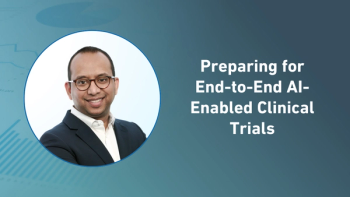
Learn how clinical operations leaders can build technology adoption, transform workflows, and cultivate digitally savvy talent to successfully implement AI across the entire clinical trial lifecycle.

Results from the Phase III ARTISTRY-2 study show that a fixed-dose combination of bictegravir and lenacapavir achieved non-inferior efficacy to Biktarvy in adults with HIV who switched therapy, supporting Gilead’s plans to advance the regimen toward regulatory submission alongside data from ARTISTRY-1.

In today’s ACT Brief, we look at new evidence showing how targeted training can build research readiness at community cancer centers, explore McKinsey’s view on how digital tools can make trials more patient-centric and geographically inclusive, and review new Phase III results that could reshape obesity and osteoarthritis treatment.
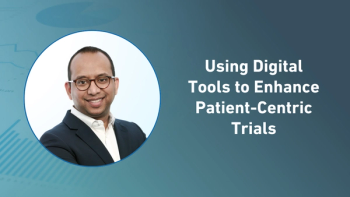
Discover how remote assessments, wearables, and digital technologies can decentralize data collection, reduce patient burden, and enable trials to reach more diverse and representative populations.

In today’s ACT Brief, we examine new data on how AI is improving the accuracy and speed of COA localization, break down McKinsey’s perspective on why trials must expand beyond AMCs and into routine care settings, and highlight the FDA’s latest approval of a targeted biologic for generalized myasthenia gravis.
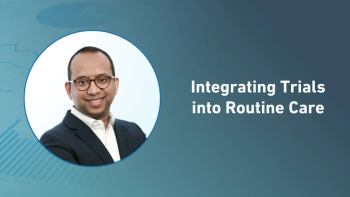
Explore how expanding clinical trials into community and nontraditional sites, simplifying protocols, and leveraging AI can broaden patient access and bridge the gap between real-world care and research.

In today’s ACT Brief, we highlight new insights from McKinsey on where AI can meaningfully accelerate clinical development, break down the emerging design and regulatory forces reshaping obesity drug development, and examine why human-centered clinical guidance is becoming essential within an increasingly fragmented pharmacy system.

See how combining human oversight with AI insights improves protocol authorship, site selection, and monitoring strategies, delivering better decisions than AI-only or human-only approaches.
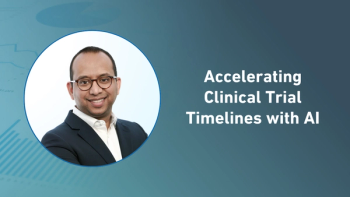
Explore how AI can optimize study design, speed patient recruitment, and streamline operational workflows to shorten development timelines and enhance trial efficiency.

In today’s ACT Brief, we break down FDA’s new superiority requirement reshaping CAR-T development, examine Pfizer’s global move into oral small-molecule GLP-1 therapy, and highlight new MONALEESA findings that reinforce long-term disease control with Kisqali.

New FDA guidance signals a major shift for CAR-T development, calling for randomized trials with standard-of-care control groups and clear evidence of superiority over existing therapies, while simultaneously easing REMS requirements to reduce logistical burdens for treatment centers and patients.

In today’s ACT Brief, we explore how stronger vendor–sponsor governance is speeding eCOA study startup, hear from AMR Clinical on the biggest opportunities to advance site operations and collaboration, and highlight new long-term data supporting earlier use of Carvykti in relapsed or refractory multiple myeloma.

In today’s ACT Brief, we look at how AI and in-silico methods are reshaping drug repurposing, why staggered ICH GCP rollouts are creating new operational pressure points, and the FDA’s latest CAR-T approval expanding treatment options in B-cell malignancies.

Learn how sponsors and CROs are adapting to evolving ICH GCP requirements while maintaining innovation in high-touch areas, ensuring patient protection, and preserving data integrity across global clinical trials.

In today’s ACT Brief, we look at what’s fueling rapid growth in CNS and autoimmune research, why former FDA leaders are warning that new vaccine policies could reshape clinical development, and how the agency’s latest leadership change may influence drug review operations.
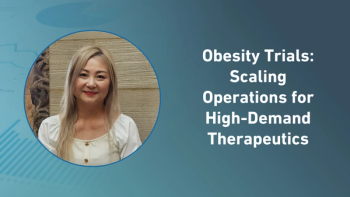
Investigate how sponsors are responding to rapid growth in obesity drug development, including strategies for manufacturing, supply chain optimization, dosing innovations, and combination therapies to meet market and patient needs.

Twelve former FDA leaders have publicly challenged the agency’s proposed overhaul of vaccine approvals, sparked by an internal memo linking child deaths to COVID-19 vaccination, arguing the changes threaten evidence-based standards, weaken immunobridging practices, and risk eroding public trust.

In today’s ACT Brief, we look at new insights on strategy-driven clinical development, fresh survey data revealing persistent site startup delays, and major leadership turnover inside FDA’s drug division.
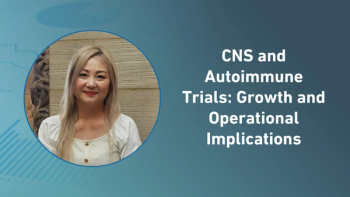
Explore the drivers behind increased investment in CNS and autoimmune trials, including pain, mental health, and inflammatory conditions, and see how technology, decentralized trials, and hybrid designs are shaping study operations.

ICON’s June 2025 survey of more than 100 investigators and site leaders reveals persistent bottlenecks in study startup driven by contract and budget delays, slow activation timelines, and insufficient collaboration from sponsors and CROs.
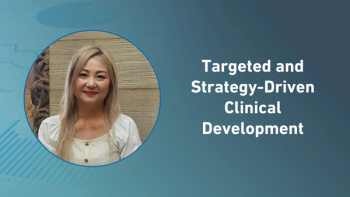
Examine the rise of personalized and biomarker-driven therapies, the logistical challenges of rare patient populations, and how historical controls and real-world evidence are supporting strategy-driven trial designs.

In today’s ACT Brief, we look at the FDA’s deployment of an agency-wide agentic AI platform, review new data showing how structured exercise programs can improve long COVID symptoms, and explore how PROs and real-world evidence are reshaping how industry measures treatment impact.

Published: February 20th 2024 | Updated:

Published: February 7th 2023 | Updated:

Published: February 10th 2023 | Updated:

Published: September 29th 2025 | Updated:
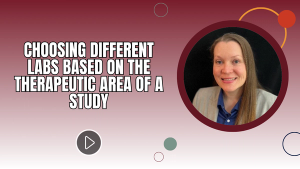
Published: November 13th 2024 | Updated:
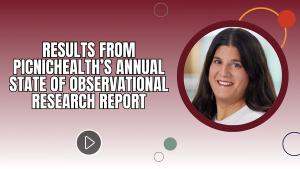
Published: March 24th 2025 | Updated: